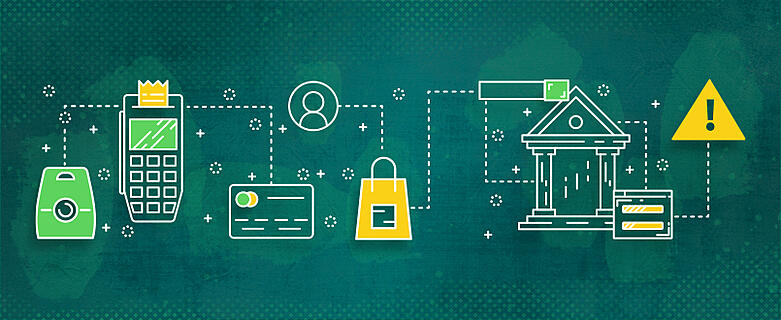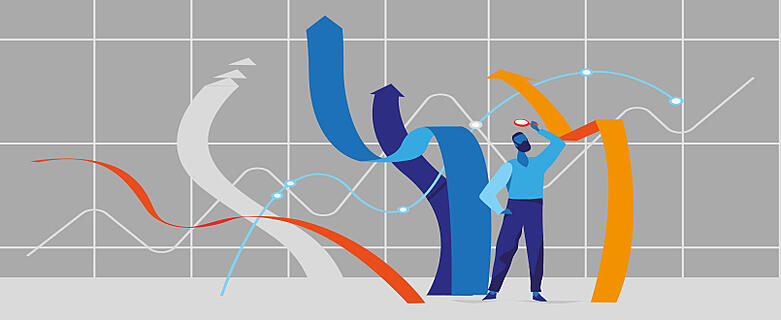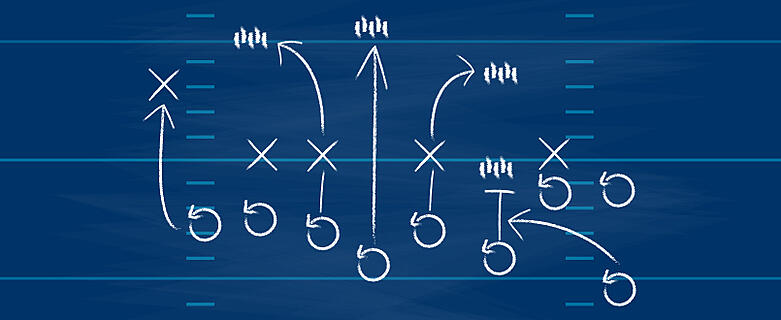News

Reduce Chargebacks With Good Descriptor Hygiene
Table of Contents
- Overview
- The Importance of Descriptor Hygiene
- Optimize Billing Descriptors to Reduce Chargebacks
- Conclusion
- Frequently Asked Questions
Overview
Any merchant who processes payments through a merchant account needs to understand the importance of their billing descriptors. The billing descriptor is a snippet of text that appears on a cardholder’s credit card or banking statement. It serves to identify the transaction and business that is changing the cardholder. Generally, these descriptors are up to 22 characters long and include the name of the business.
It may seem like an insignificant technical detail but your billing descriptor is important because it is how your customers will be able to identify their purchases from you when they review billing statements. Unclear, inaccurate, or misleading billing descriptors are a notable and avoidable source of confusion for cardholders, who often will call their bank to question the charge, ultimately resulting in a chargeback for the merchant.
The best way to avoid the points of confusion are with a descriptor that:
- Tries to describe your business or product as best you can; and
- Assures that your contact information is visible within the descriptor in the form of a phone number or website.
The Importance of Descriptor Hygiene
Imagine this scenario: a consumer purchases a product from you and is satisfied with the purchase. At the end of the month, they check their billing statement and see the aforementioned purchase. However, your billing descriptor is unclear and does not provide a way for the customer to reach you. As a result, they mistakenly believe that the purchase is fraudulent and contact their bank to file a chargeback.
This is no mere hypothetical situation; it is a frequent source of chargebacks. One estimate claims that unclear billing descriptors are responsible for as many as 25% of chargebacks. This points to the importance of good descriptor hygiene—a term that refers to making sure that a business’s billing descriptors are clear and easily comprehensible to consumers.
Optimize Billing Descriptors to Reduce Chargebacks
The most important concern when composing a billing descriptor is to make sure that it conveys the business name that consumers would recognize. If the business’s legal name is different from the “doing business as” (dba) name, you should use the dba name.
Other ways to optimize your billing descriptor have to do with the length of the business name and the standard 22 character limit for descriptors. If the business name is too long to fit within the character limit, it is fine to use abbreviations. But be sure to use abbreviations that still clearly communicate the business name in a way that cardholders should be able to easily recognize. Conversely, if the business name is short enough to leave room for a phone number or website name, including that information could be a valuable way to induce cardholders to contact you with any questions or disputes rather than filing a chargeback immediately. Some processors also offer the option to use soft descriptors or product descriptors which give additional information about multiple specific product lines or services under the umbrella of a single company.
Processors may offer the opportunity for merchants to use dynamic descriptors. These customizable descriptors can be configured for each individual transaction, giving cardholders even more specific information about their purchases in addition to the business name.
Descriptor testing can be a valuable part of good descriptor hygiene. This involves using your own payment card(s) to make purchases from your business in order to see how your billing descriptors appear on an actual billing statement.
Conclusion
Billing descriptors are an important piece of information for consumers. And, for merchants, good descriptor hygiene is essential for reducing chargebacks.
Frequently Asked Questions
A billing descriptor is a short explanation that appears on a cardholders transaction statement. It identifies the business and often includes its name and phone number.
Soft descriptors are additional descriptors beyond the basic descriptor. They give information about specific varieties of products or services that the business may sell.
Dynamic descriptors are customizable, responsive descriptors that change according to each particular purchase. They can be configured to present a wide variety of important information to cardholders.
Maintaining good descriptor hygiene involves making sure that your billing descriptor is clear, easily identifies your business, and conveys as much necessary information in the space allotted.
Usually the maximum character limit is 22, including a phone number or website name. But the character length is determined by the issuing bank and some may differ.
Billing descriptors are assigned at the Merchant ID (MID) level. If your business has multiple MIDs, each will have its own descriptor.
Billing descriptors are assigned when a merchant account is opened.
Yes, you should be able to change your descriptor. Contact your merchant service provider for more information about changing descriptors.









